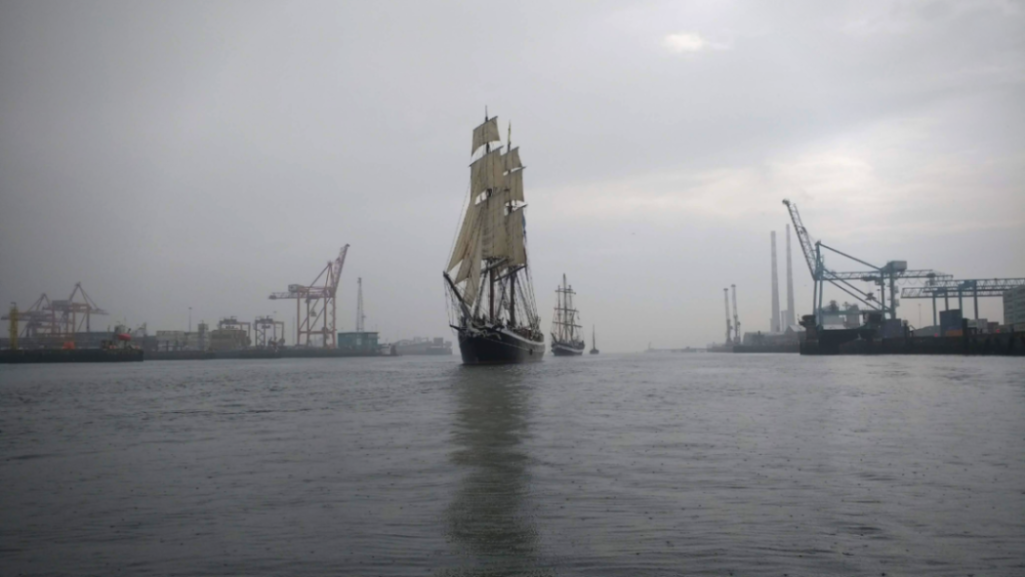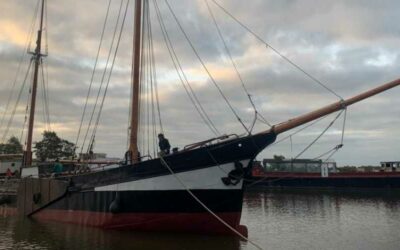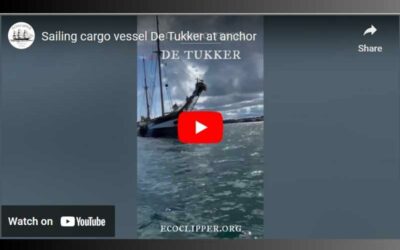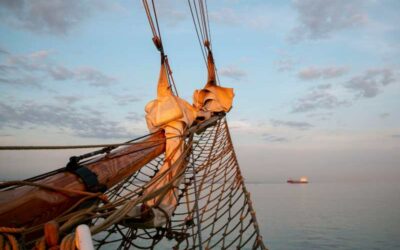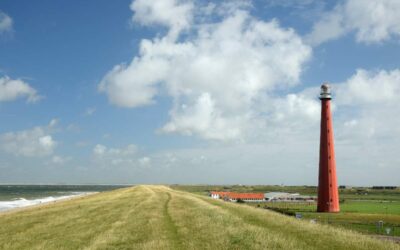The earliest history of North Sea Trade
The North Sea has a long history of maritime commerce. It connects the economies of the United Kingdom, Scandinavia and northern Europe and acts as a gateway to the world beyond, with the Baltic states and Russia to the east, or around the UK to the Americas in the West.
The historian Michael Pye tells us that the importance of this trade route led to the digging of ditches and dykes to drain the salt marshes of Belgium and The Netherlands in the early Middle ages, a period often referred to as the Dark Ages. This work created pastures and granted access to the sea. As such, travel and trade on the North Sea led to the establishment of much of what we know as the borders of northern Europe today.
One of the earliest historical references to the North Sea came from Pliny the Elder (23 / 24 -79AD). The Roman referred to the area as ‘Oceanus Septentrionalis’ or the North Ocean and, at the time, it was thought to mark the limits of the world.
Development
From the time of Pliny, through the early Middle Ages and onward the ships that traversed this busy body of water became increasingly sophisticated. Starting out with rowers and a single sail, ships developed, and from around the 12th century traders had begun to rely on sails, rather than oars.
Steering oars were replaced by rudders, masts increased from 1 to 2 or 3, the size and shape of sails were refined and soon wool, silk, grain, timber, iron, copper, salt, furs, leather, ceramics, wine, beer, luxury goods and much more was moving swiftly between the UK, mainland Europe and Scandinavia.
It wasn’t just goods and travelers that moved back and forth. Ideas also flowed across the North Sea helping the cultural and economic development of Europe. These ideas included innovation in ship design. The Carrack, for example, was introduced by the Italian city of Genoa. An evolution of the Cog, it started life trading on the coasts before further transformation into an ocean-going vessel.
The intense competition between a myriad of traders led to the swift adaptation of new ideas, the settlement of the best natural harbours and the flourishing of a great number of ports.
Traders
Initially, trade on the North Sea was controlled by individual towns and cities with merchants sailing their own vessels from their home ports to trade with one another. Over time, groups and guilds developed in these places and greater cooperation between them led to the formation of the Hanseatic League.
This organization grew out from a starting point of just a few North German towns in the late 1100 and eventually included over 200 settlements all across the North Sea. These harbour towns and cities gathered together for mutual commercial benefit and to protect their trading interests from brigands. The league was dominant between the 13th and 15th centuries when it virtually monopolised North Sea trade, however, their power was eventually superseded by the emerging states of Europe.
Today, the North Sea remains an area of enormous trade and passenger activity. Where it once marked the limits of the world it became a jump off point to the world.
Nevertheless, the trade across it remains of great importance to all the countries that border the sea, and for those countries inland of them. Seabourne goods circulate across Europe from some of the great ports of the world. For this reason, EcoClipper is currently researching the North Sea route alongside other shipping lines.
